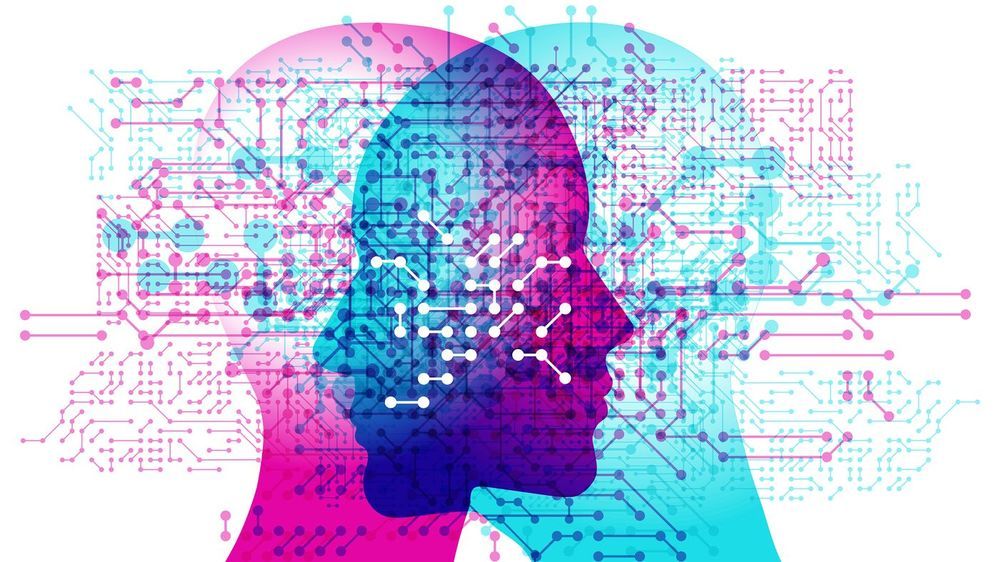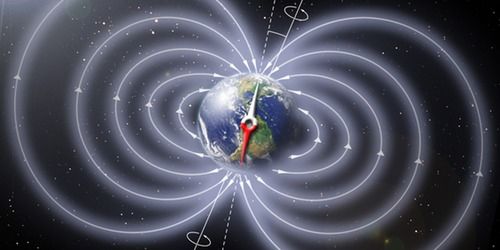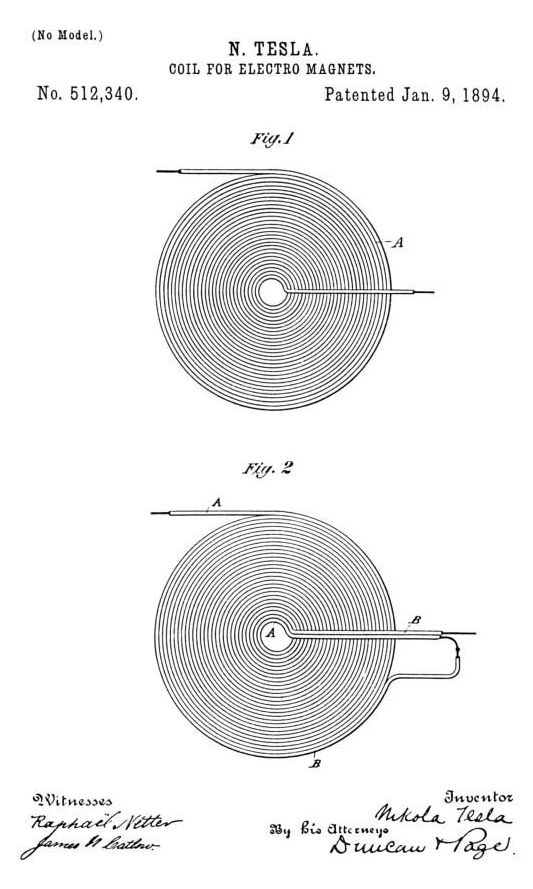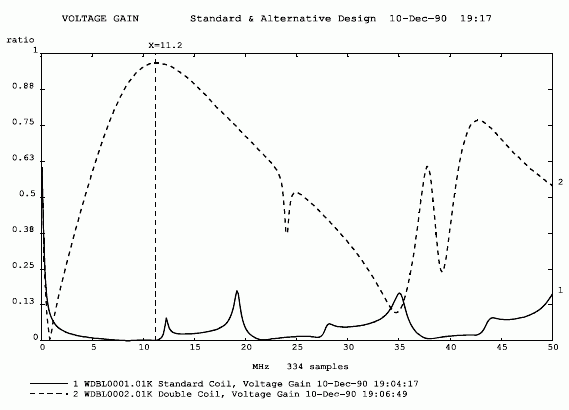Circa 2015
For our modern, technologically-advanced society, in which technology has become the solution to a myriad of challenges, energy is critical not only for growth but also, more importantly, survival. The sun is an abundant and practically infinite source of energy, so researchers around the world are racing to create novel approaches to “harvest” clean energy from the sun or transfer that energy to other sources.
This week in the journal Applied Physics Letters, from AIP Publishing, researchers from the University of Waterloo in Canada report a novel design for electromagnetic energy harvesting based on the “full absorption concept.” This involves the use of metamaterials that can be tailored to produce media that neither reflects nor transmits any power—enabling full absorption of incident waves at a specific range of frequencies and polarizations.
“The growing demand for electrical energy around the globe is the main factor driving our research,” said Thamer Almoneef, a Ph.D. student. “More than 80 percent of our energy today comes from burning fossil fuels, which is both harmful to our environment and unsustainable as well. In our group, we’re trying to help solve the energy crisis by improving the efficiency of electromagnetic energy-harvesting systems.”






